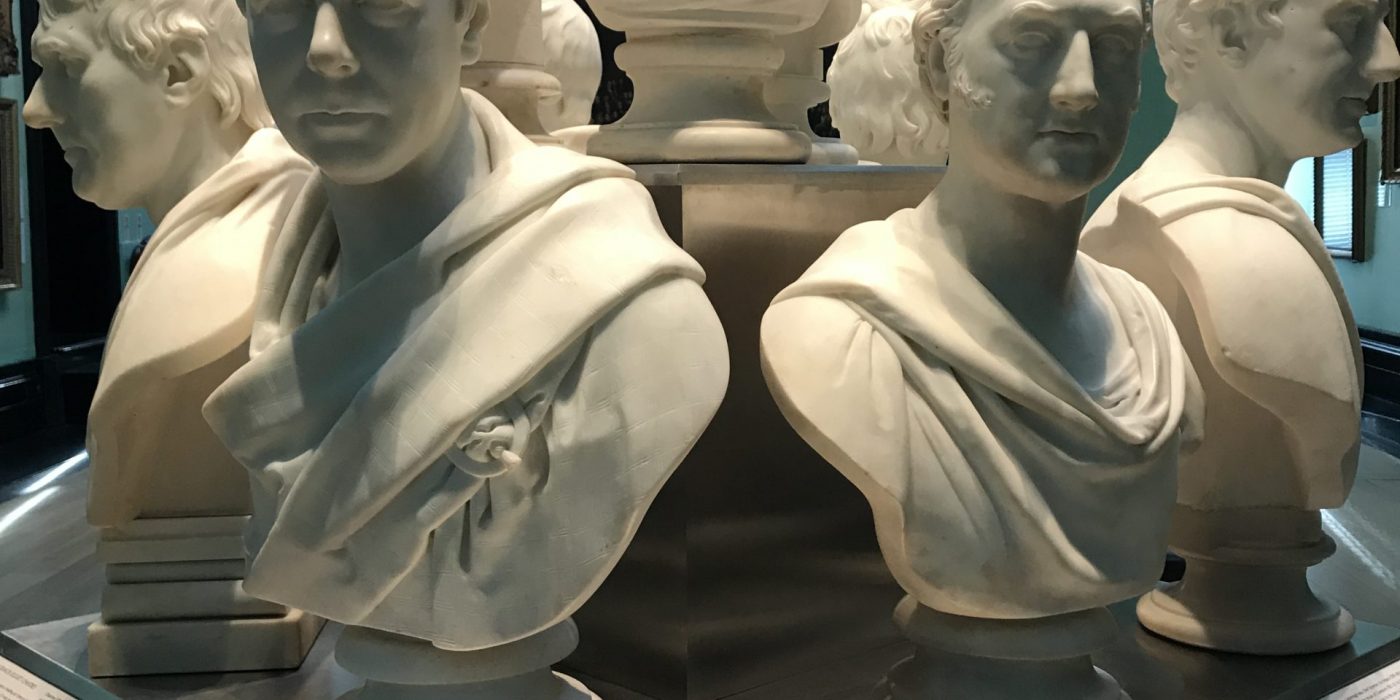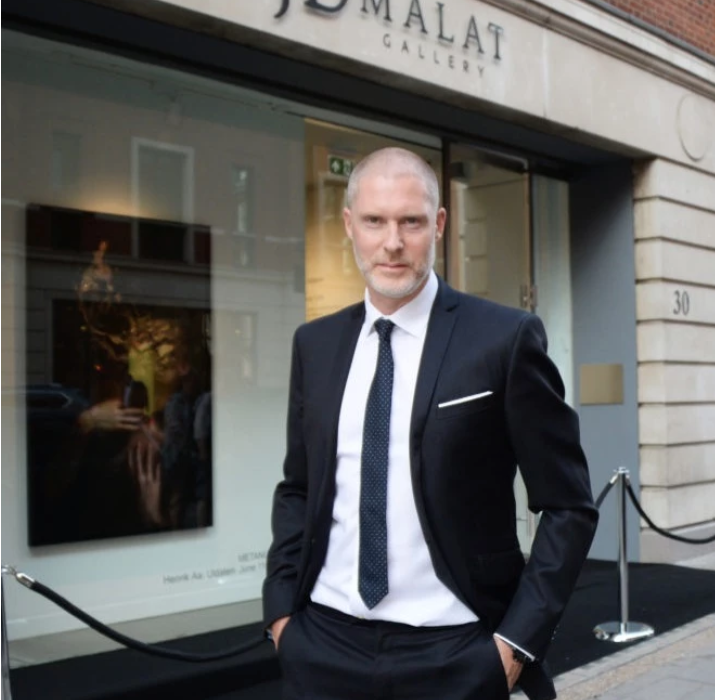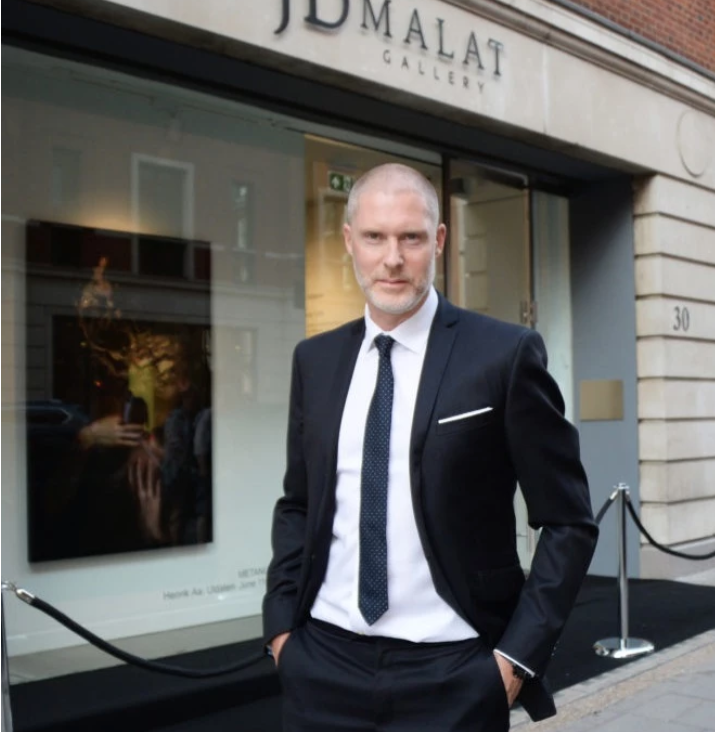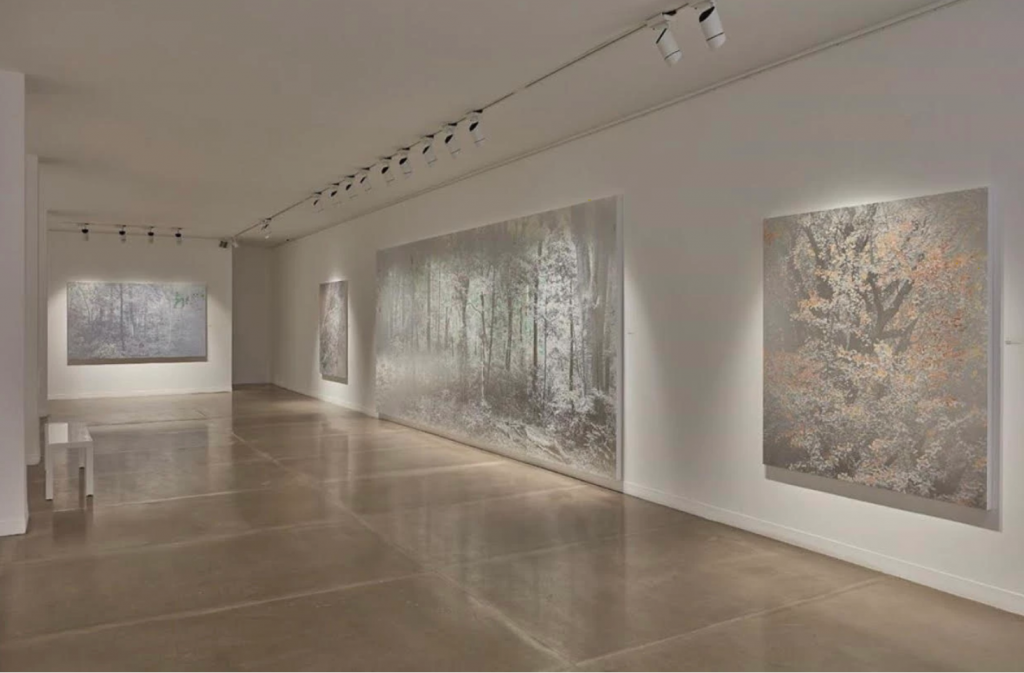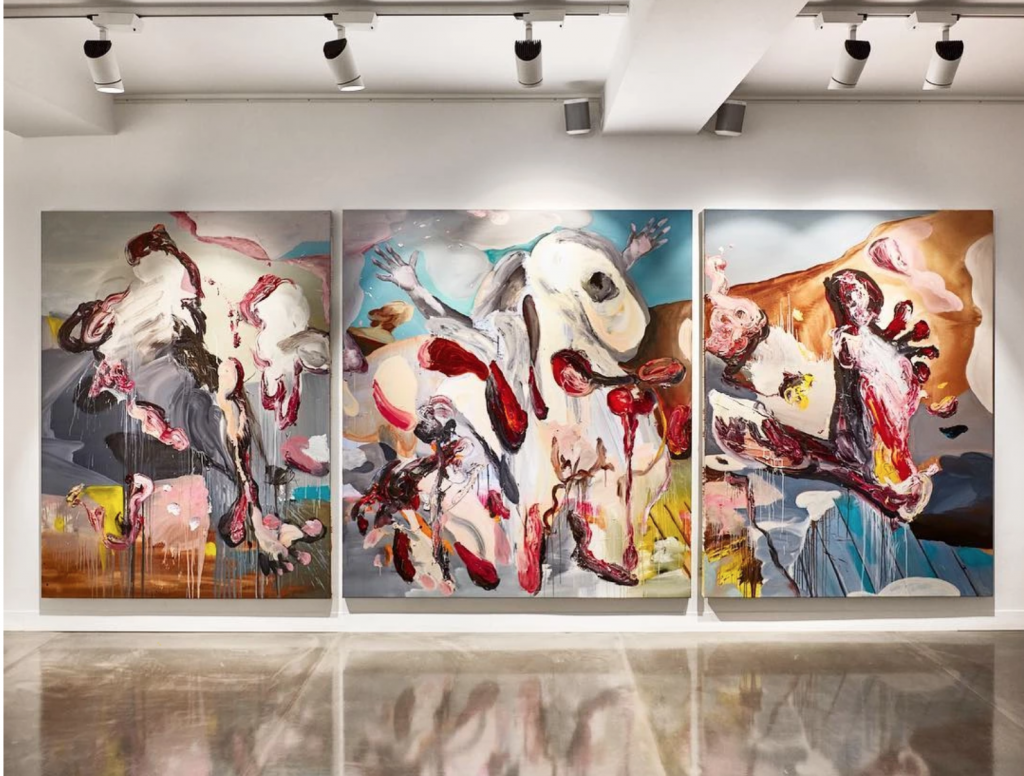If you are new to the art world, you may wonder what are the different art forms out there. From architecture to performance art
The Different Art forms:From Ancient Greece To Modern Days article aims to give you a brief explanation about each art form and its subdivisions.
The Different Art forms
| The 7 traditional subdivision of the Arts | Architecture Sculpture Painting Literature Music Performing Film |
| The 7 art forms in the visual arts | Architecture Sculpture Painting Ceramics Conceptual art Drawing Photography |
| The seven liberal arts | Grammar Logic Rhetoric Arithmetic Geometry Astronomy Music |
This division started during the Ancient Greece. All art and craft were referred to by the same word “Techne”. During that times, art most basic definition was as a documented expression on an accessible medium that anyone could view, hear or experience it.
The traditional subdivision of the Arts:
Architecture
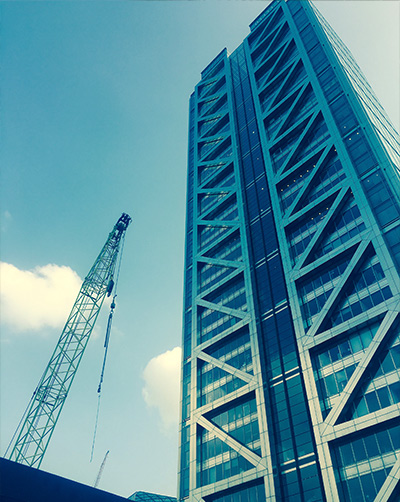
Architecture is the art and science of designing buildings and structures, especially habitable ones. Architectural success was the product of a process of trial and error with progressively less trial and more replication as the results of the process proved increasingly satisfactory. In modern usage, architecture is the art and discipline of creating a complex object or system.
Sculpture
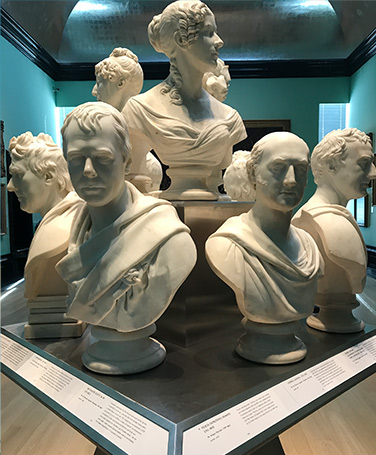
Sculpture is the branch of the visual arts that operates in three dimensions. Durable sculptural processes originally used carving (the removal of material) and modelling (the addition of material, as clay), in wood, ceramics, metal, stone and other materials. Since modernism, shifts in this process led to an almost complete freedom of materials and process.
Painting
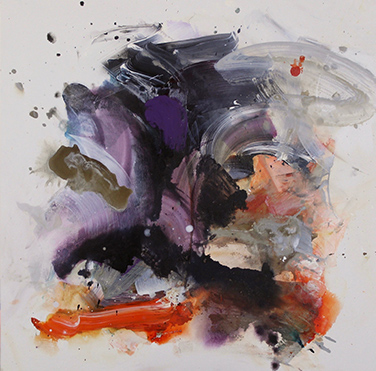
http://www.nikkihillsmith.art/portfolio/
Painting is the practice of applying paint, pigment, color or other medium to a solid surface. Likewise the medium is usually applied to the base with a brush. Therefore can also be applied with knives, sponges, airbrushes, among others. Painting is the name of the final work.
Modern painters have extended the practice considerably to include, for example, collage. Therefore, this art form is not painting in the strict sense since it includes other materials. New artists also incorporate different materials such as cement, straw, wood among others. Examples of this are the works of Anselm Kiefer or Jean Dubuffet.
Literature
Literature refers to writing as an art form that contains artistic or intellectual value. In addition it can be classified according to whether it is fiction or non-fiction, prose or poetry. Academics often characterise literature works according to historical periods or their adherence to certain genres or aesthetic features. Developments in printing technology have allowed an ever-growing distribution and proliferation of written works, culminating in electronic literature.
Music
Music is an art form and cultural activity, whose medium is sound. It is performed with a vast range of instruments and vocal techniques. Can range from singing to rapping; there are solely instrumental pieces, solely vocal pieces, and pieces that combine singing and instruments.
Performance

https://www.antonioandriccardo.com/
Performing arts refers to forms of art in which artists use their voices, bodies or inanimate objects to convey artistic expression. However it is different from visual arts, once doesn’t use paint, canvas or various materials to create physical or static art objects.
Film
Film or movie, is a visual art-form used to simulate experiences that communicate ideas, stories, perceptions, feelings, beauty or atmosphere. It works by recording moving images, along with sound (and more rarely) other sensory stimulations. In conclusion the word “cinema”, is often used to refer to filmmaking.
The 7 art forms in the visual arts are divided in: Architecture, Sculpture, Painting, Ceramics, Conceptual art, Drawing and Photography.
To sumarize, once Architecture, Sculpture and Painting were already explaining in the traditional subdivision of the arts, let’s go ahead only with Ceramics, Conceptual Art, Drawing and Photography.
Ceramics
Ceramic art is art made from ceramic materials, which may take forms such as tile, pottery, figurines, sculpture and tableware. While some of these products are considered fine art some are considered to be industrial or decorative.
Ceramic art can be made by one person or by a group of people. In a pottery or ceramic factory, a group of people design, manufacture, and decorate the pottery.
Conceptual art
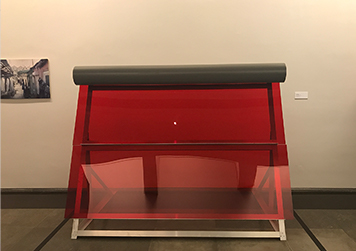
http://www.museuartecontemporanea.gov.pt/en
Conceptual art is art in which the ideas or concepts involved in the work takes precedence over traditional aesthetic and material concerns. The inception of the term in the 1960s referred to a strict and focused practice of idea-based art that often defied traditional visual criteria associated with the visual arts in its presentation as text.
During the 1990’s, in particularly in the United Kingdom, conceptual art developed as a synonym for all contemporary art, once doesn’t practice the traditional skills of painting and sculpture.
Drawing
Drawing is a form of visual art in which a person with the help of a drawing instrument makes an image on a surface by applying pressure or moving a tool across the surface. Common tools are graphite pencils, pen and ink, pencils, crayons, charcoals, pastels, and markers. Even if the most common support for drawing is paper, other materials such as cardboard, wood, plastic, leather, canvas and bord may be used. Nowadays with the develop of the technology digital tools can also make such effects with the help of proper software.
Drawing is frequently used in: commercial illustration, animation, architecture, engineering, design and technical drawing.
Photography
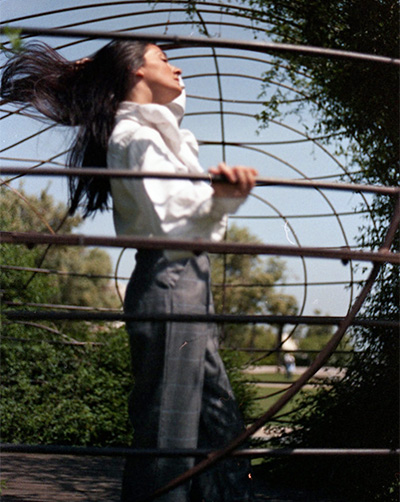
https://www.behance.net/gallery/55542323/A-Portuguese-Love-Affair
Photography as an art form refers to photographs that are created in accordance with the creative vision of the photographer. Art photography stands in contrast to photojournalism, which provides a visual account for news events, and commercial photography, the primary focus of which is to advertise products or services.
The seven liberal arts
During the Middle ages, The liberal arts were central to university education. The seven liberal arts were taught in two groups: the trivium and the quadrivium. The area and range of the liberal arts evolved in time. Eventually, the meaning of “liberal arts” nowadays include both humanities and science.
| Trivium | Quadrivium |
| Grammar Logic Rhetoric | Arithmetic Geometry Astronomy Music |
Grammar
In linguistics, grammar is the set of structural rules governing the composition of phrases, clauses and words in a natural language. The term refers also to the study of such rules and this field includes phonology, morphology and syntax.
Logic
Logic is the systematic study of the forms of inference, the relations that lead to the acceptance of one proposition, the conclusion, on the basis of a set of other propositions. More broadly, logic is the analysis and appraisal of arguments.
Rhetoric
Rhetoric is the art of persuasion, which along with grammar and logic is one of the three ancient arts of. This area aims to study the capacities of writers or speakers needed to inform, persuade, or motivate particular audiences in specific situations.
Arithmetic
Arithmetic is a branch of mathematics that consists of the study of numbers, especially the properties of the traditional operation on them. It is an elementary part of number theory. It is considered to be one of the top-level divisions of moderns mathematics, along with algebra, geometry, and analysis.
Geometry
Geometry is a branch of mathematics concerned with questions of shape, size, relative position of figures, and the properties of space.
Astronomy
Astronomy is a natural science that studies celestial objects and phenomena. In other words this field studies everything that originates outside Earth’s atmosphere.
This arts can be considered one of man’s most noble opportunities to experience confirmation of his origins and destiny. Different from the humanities (philosophy, theology, etc.), this field makes it possible to more closely experience spiritual reality as well as to directly discover metaphysical truth.
I hope this article helped you to discover a bit more about the 7 art forms,and its divisions / subdivisions.
Feel free to email us or leave a comment.
